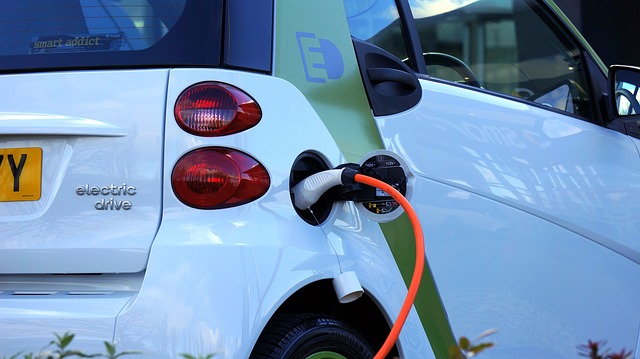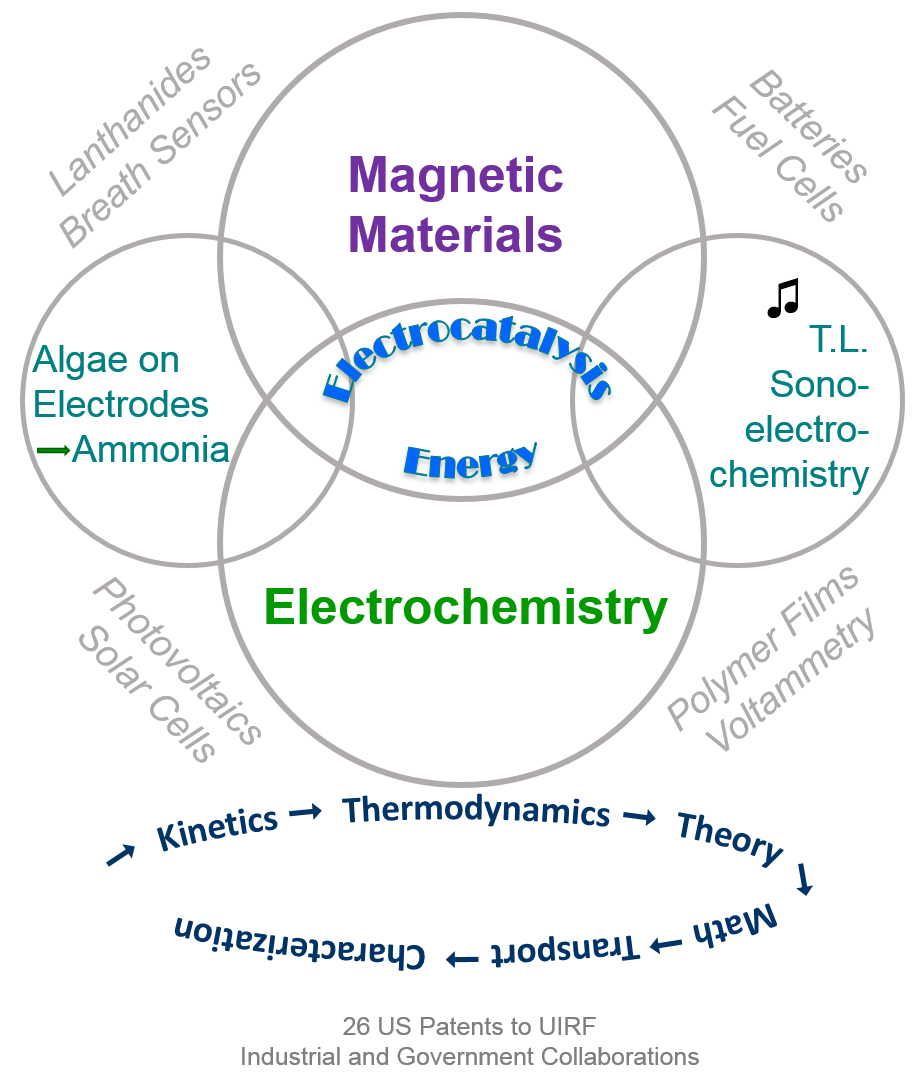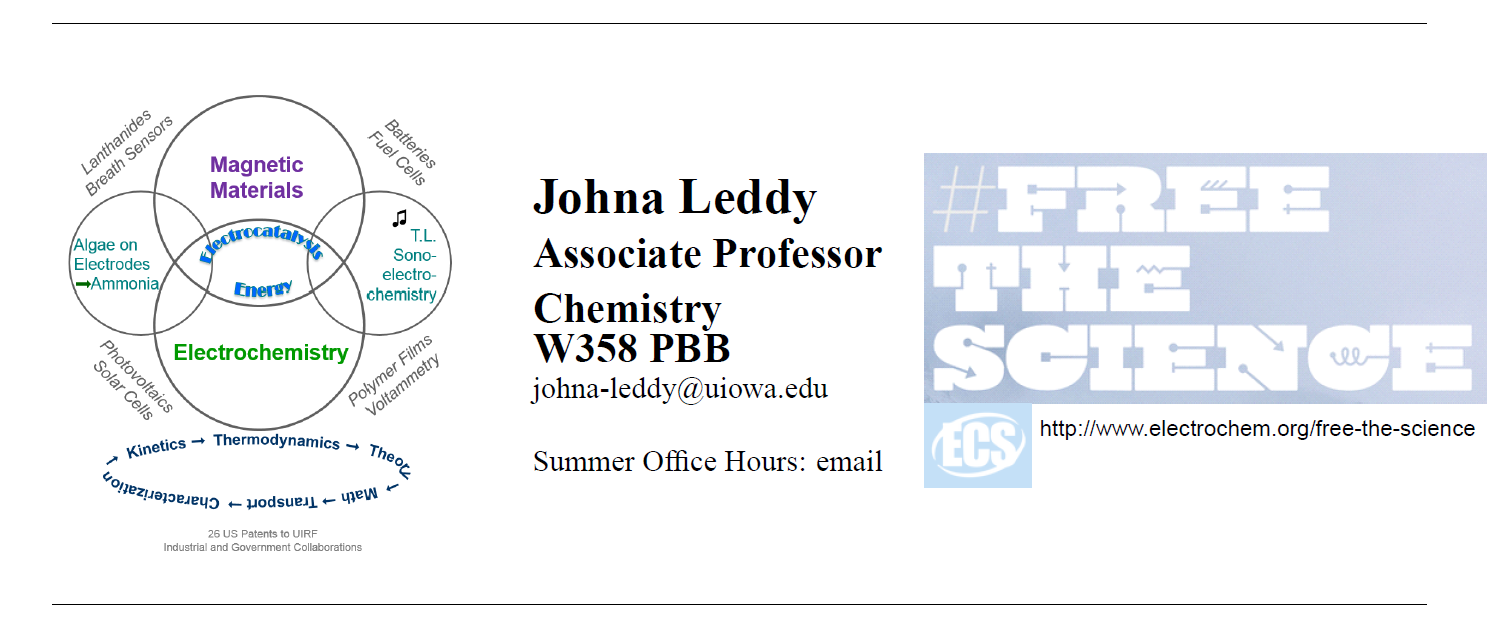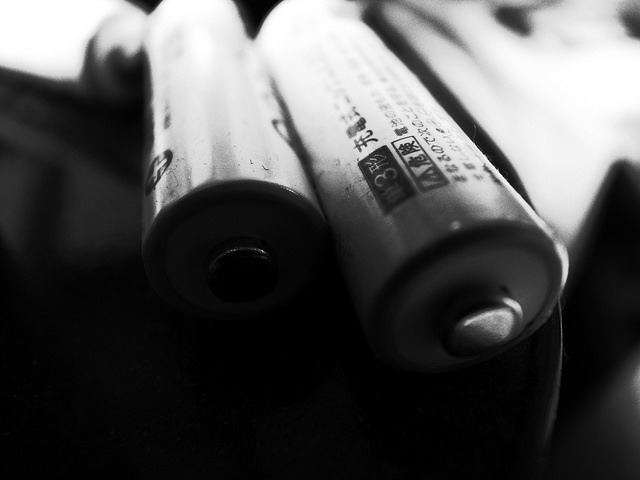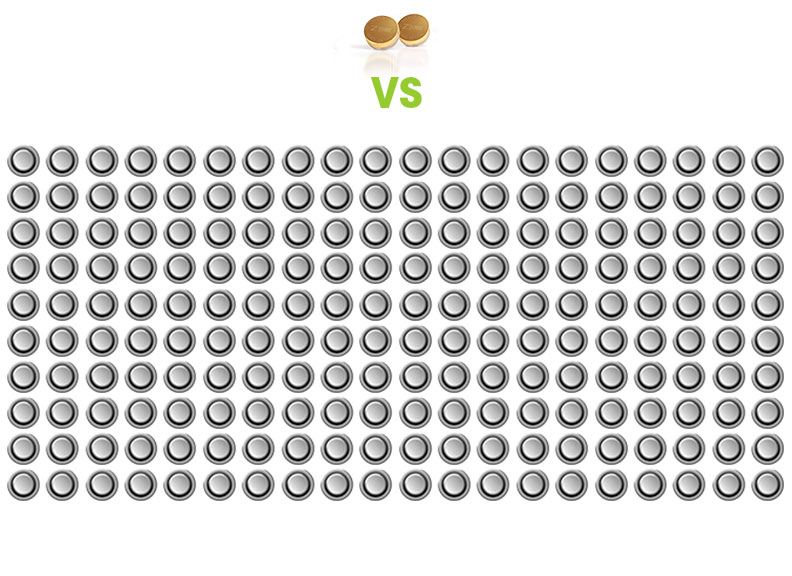By now you’ve probably heard of the big merger between automotive innovator Tesla and rooftop solar guru SolarCity. Elon Musk, CEO of Tesla, claims that the integration will create “the world’s first vertically integrated energy company,” set to offer the full spectrum of clean energy products to customers.
While both companies have gotten a lot of attention from investors over the years, there has been a lot of skepticism when it comes to the financial future of the joining of these two companies.
First, neither companies have made any money independently last year. In fact, combined they lost $1.7 billion.
But the financial losses are not the real concern. As MIT Technology Review points out, the technology that would make an end-to-end clean energy system feasible has not yet been developed by either company.
Musk’s vision for the newly integrated company is to set up consumers to solely utilize renewable energy. That would mean electric vehicles, rooftop solar panels, and of course, a battery to store energy when the sun goes down.
Although Tesla has already premiered their home Powerwall battery, it fell short of expectations. The seven-kilowatt-hour battery was expected to be able to store enough energy to power your home and send energy back to the grid (converting homes to microgrids) for a flat rate of $3,000, but the actual cost turned out to be closer to $10,000.
Pair that cost with SolarCity panels and analyses show that you’ll be paying over double for your electricity than a typical rate user.
“At the end of the day, the Powerwall has the same Li-ion battery cells in it as any other Li-ion-based storage product: Asian-sourced batteries that are arranged in packs,” Jay Whitacre, ECS member and professor at Carnegie Mellon University, told MIT Technology Review. “It’s basically off-the-shelf cell technology.”



